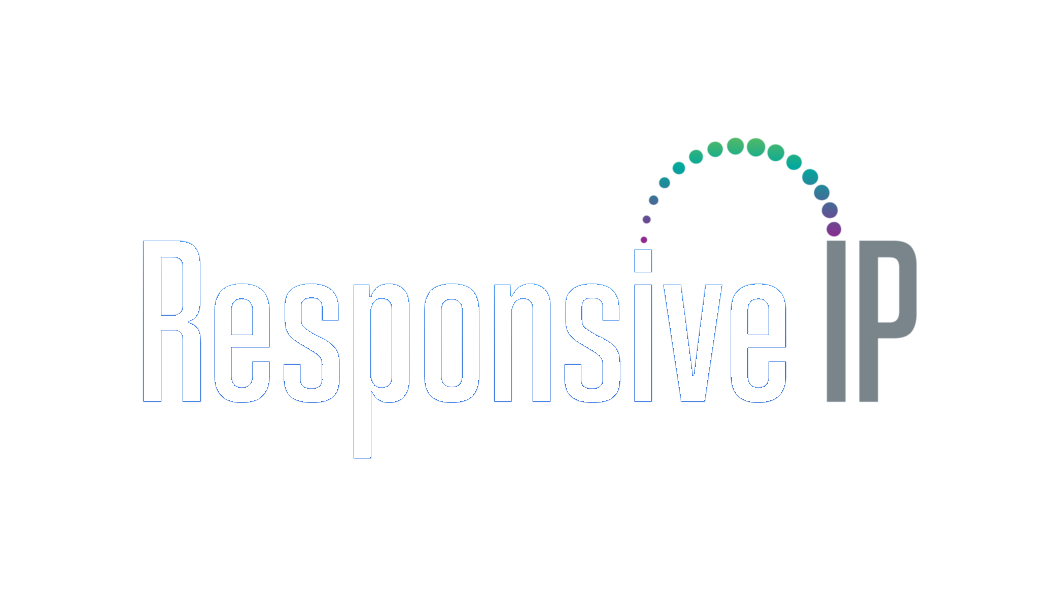What Is A Call Flow And Why Is It Important For Customer Service?
 In the vast realm of customer service, navigating the intricacies of communication is paramount. Imagine a well-choreographed dance where every step is intentional, ensuring a seamless experience for both customers and representatives. This dance is what we call a Call Flow – a structured path that calls follow from initiation to resolution. In this article, we’ll unravel the mysteries of call flows, exploring why they are the backbone of effective customer service.
In the vast realm of customer service, navigating the intricacies of communication is paramount. Imagine a well-choreographed dance where every step is intentional, ensuring a seamless experience for both customers and representatives. This dance is what we call a Call Flow – a structured path that calls follow from initiation to resolution. In this article, we’ll unravel the mysteries of call flows, exploring why they are the backbone of effective customer service.
Understanding the Basics: What Is A Call Flow?
A Call Flow is essentially the roadmap a customer service interaction follows. It’s the predefined journey a call takes, guiding both the customer and the service representative through a series of steps. Think of it as a script for a theatrical performance, ensuring that each scene unfolds in a logical and organized manner.
The Core Components of a Call Flow
A well-designed call flow consists of several key components:
1. Greetings and Identification
- Why It Matters: The first impression sets the tone. Proper greetings and efficient identification processes lay the foundation for a positive interaction.
2. Understanding Customer Needs
- Why It Matters: Delving into the customer’s issue is crucial. This step ensures that representatives grasp the problem at its roots, facilitating effective solutions.
3. Providing Information or Assistance
- Why It Matters: Whether it’s offering information or resolving an issue, this phase is where the magic happens. A smooth transition here ensures customer satisfaction.
4. Resolving Queries or Issues
- Why It Matters: Timely and accurate solutions are the essence of customer service. Navigating this step efficiently can turn an irate customer into a loyal advocate.
5. Closing the Interaction
- Why It Matters: A proper conclusion leaves a lasting impression. It ensures the customer leaves with a sense of resolution and satisfaction.
The Significance of A Well-Designed Call Flow
Streamlining Operations
In a world where time is of the essence, a well-designed call flow acts as a time-saving compass. It streamlines operations, reducing the average handling time and increasing the efficiency of customer service teams.
Enhancing Customer Experience
Think of a call flow as a customer-centric map. It guides representatives to empathetically address customer needs, creating an experience that goes beyond problem-solving – it’s about making the customer feel heard and valued.
Boosting Employee Productivity
For service representatives, a call flow is akin to a supportive script. It empowers them to navigate calls confidently, leading to increased productivity and job satisfaction.
Improving Metrics and Analytics
Analyzing the journey of each call becomes a breeze with a structured call flow. Metrics such as first call resolution and customer satisfaction rates witness significant improvements, providing valuable insights for continuous enhancement.
Implementing an Effective Call Flow: Tips and Tricks
1. Know Your Audience
- Why It Matters: Tailoring call flows to different customer personas ensures a personalized and effective approach.
2. Regularly Update Call Scripts
- Why It Matters: The business landscape evolves, and so should your call scripts. Regular updates keep your approach fresh and in line with changing customer needs.
3. Provide Ongoing Training
- Why It Matters: Equip your customer service team with the necessary skills to adapt to evolving situations. Ongoing training ensures they stay at the top of their game.
4. Collect Feedback and Iterate
- Why It Matters: Customer feedback is a goldmine. Use it to identify areas of improvement in your call flow and iterate accordingly.
5. Embrace Technological Advancements
- Why It Matters: Leverage technology to enhance your call flow. Implementing AI-driven solutions can revolutionize customer interactions, making them more efficient and enjoyable.
Conclusion: Nurturing Relationships Through Effective Call Flows
In the realm of customer service, a well-designed call flow is the unsung hero. It’s the invisible hand that guides interactions, ensuring a harmonious and fruitful relationship between businesses and their customers. By understanding and implementing effective call flows, organizations can elevate their customer service game, creating lasting impressions that resonate with customers.
FAQs: Unraveling the Intricacies of Call Flows
Q1: What role does a call flow play in customer satisfaction? A well-structured call flow ensures a smooth and efficient interaction, addressing customer needs promptly and leaving them satisfied.
Q2: How often should call scripts be updated? Regular updates are essential, aligning call scripts with evolving business landscapes and changing customer expectations.
Q3: Can call flows be customized for different customer segments? Absolutely. Tailoring call flows to different customer personas enhances personalization and effectiveness.
Q4: Why is ongoing training crucial for a customer service team? Ongoing training keeps the team equipped with the latest skills, enabling them to adapt to evolving customer scenarios.
Q5: How can technology enhance call flows? Embracing technological advancements, such as AI-driven solutions, can revolutionize call flows, making them more efficient and enjoyable for both customers and representatives.

